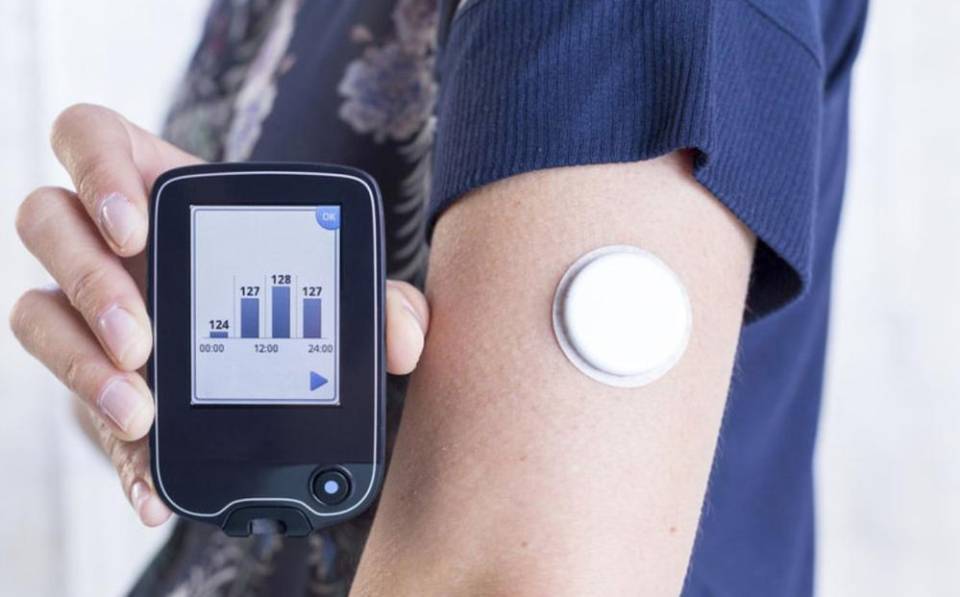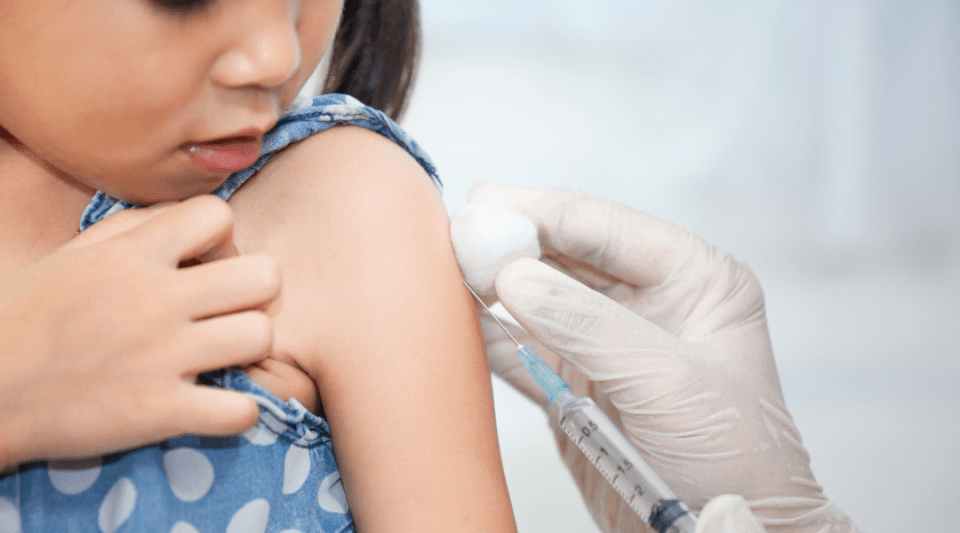Determining glucose levels in capillary blood has been fundamental in the history of diabetes when it comes to improving metabolic management and reducing complications. Of the various continuous glucose monitoring systems (CGM), the most widely used is the flash system, which continuously measures glucose levels. This system indicates the patient's blood glucose trends, and allows them to predict their blood glucose levels in the short term. When the patient scans the sensor, either using a specific device or their mobile phone, they will be provided with their current blood glucose value, as well as that from the previous 8 hours. This allows the patient to take preventive measures against hyper- and hypoglycaemia. The only flash system on the market is FreeStyle Libre (FSL), so it follows that it is widely implemented in developed countries and is financed by most public health systems.
A study conducted at the University of Paris analysed hospitalisations due to hyperglycaemia, severe hypoglycaemia, ketoacidosis and diabetes-related comas over the period of one year. Patients with type 1 (T1D) and type 2 (T2D) diabetes under treatment with a flash system participated. Their evolution was compared to the previous year, in which they had no continuous glucose monitoring. The sample included 74,011 individuals, 45% of whom had T1D, and 55% who had T2D. Of these, 88% were treated with multiple doses of insulin or with an insulin pump. Using the flash system showed a dramatic reduction in admissions for decompensated diabetes, more specifically 49.0% in people with T1D and 39.4% in people with T2D. The most notable reduction was in admissions for ketoacidosis, which more than halved (56.2% in T1D and 52.1% in T2D), as well as diabetes-related comas (39.6% in T1D and 31.9% in T2D). Hospitalisations for hypoglycaemia and hyperglycaemia decreased in people with T2D by 10.8% and 26.5%, respectively.
An interesting finding of the study in relation to capillary blood glucose measurement was that hospitalisations for hypoglycaemia were marginal, most likely because patients were able resolve the issue without hospital admission.
Nevertheless, this study has limitations, especially because it lacks a control group. In addition, the implementation of the FSL flash system tends to be accompanied by education on diabetes management. On the other hand, its major strength is the large number of cases analysed. These results confirm that CGM is an important tool for people with diabetes, one that helps them to improve their glycaemic management and quality of life. These advantages are most evident when using a system such as FSL, which is very simple and reliable. The use of this technology is already an indisputable reality. It is useful to patients and health systems, in terms of cost reduction.
Author: Dr Enric Esmatjes Mompó, Senior Consultant at the Diabetes Unit at Hospital Clínic. IDIBAPS.




